 The Amateur Radio Experimenters Group is please to announce that it will be supporting an Amateur Radio focused balloon launch, to take place at the Riverland Radio Club’s VK5BRL Weekend event at Overland Corner Hotel in the Riverland.
The Amateur Radio Experimenters Group is please to announce that it will be supporting an Amateur Radio focused balloon launch, to take place at the Riverland Radio Club’s VK5BRL Weekend event at Overland Corner Hotel in the Riverland.
This event is aimed at bringing together members of 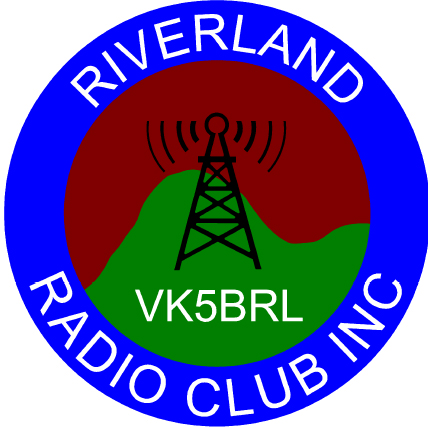 the Riverland Radio Club and amateurs from across SA & Victoria, in particular those who participate in the VK5BRL bi-weekly net on HF (heard on 7115kHz at 8.30am Wednesday and Saturdays).
the Riverland Radio Club and amateurs from across SA & Victoria, in particular those who participate in the VK5BRL bi-weekly net on HF (heard on 7115kHz at 8.30am Wednesday and Saturdays).
The morning festivities start off with an early breakfast of coffee, tea and of course bacon, eggs and sausages. This is then followed by the BRL net. The AREG are looking to launch the balloon some time around 11am (to be confirmed) when the NOTAM is raised later this week.
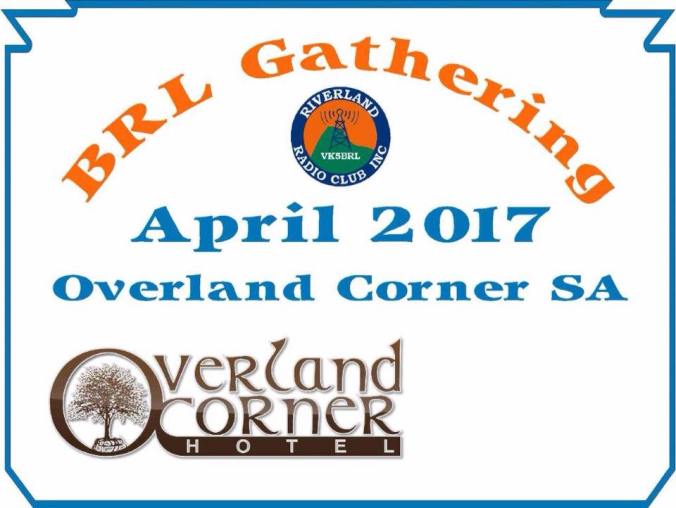
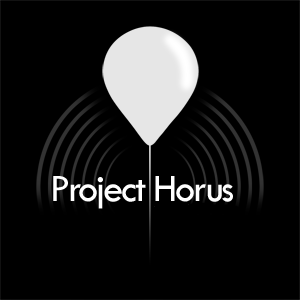 AREG & Project Horus Involvement
AREG & Project Horus Involvement
The AREG will be marking this weekend with a special balloon flight. It has been some time since the flying repeater was heard on air, so it was felt that it was time to put some more amateur radio back into the balloon flights.
Balloon Repeater Frequencies
The balloon repeater will be heard on:
- INPUT: 147.500MHz with 91.5Hz CTCSS (+/- thermal drift of the receiver)
- OUTPUT: 438.850MHz (+/- thermal drift of the transmitter) – 0.8W into 1/4wave omni
Please note that this repeater is experimental, and may have performance issues during the flight.
To transmit to the balloon at the maximum range of 800km (once the balloon reaches 100,000ft ++) you should only need approximately 5-10W and an 2-4dB gain antenna.
Receiving the balloon at 400km range in a handheld environment should be achievable, but to hear the repeater at the maximum range of 800km you should expect to need a 10dB gain Yagi for a 0.4uV capable receiver and 2dB feeder loss
This setup is much the same as the LEO satellites but without the high speed Doppler shift.
PLEASE MAKE SURE YOU CAN HEAR IT BEFORE YOU TRANSMIT!
Additionally, the receiver used in the repeater (a Dorji DRA818) appears to have quite sharp receive filters, which results in the repeater dropping out if the input signal is over-deviated (>4.8 kHz dev). Please talk using a regular speaking voice when using the repeater to avoid issues.
As we will be flying from Overland Corner instead of near Adelaide, coverage at apogee should almost reach Canberra. Contacts from Melbourne to Adelaide through the balloon should definitely be possible.
Other Balloon Payloads
Other payloads being flown on this flight will include:
- our standard 100bps 7N1 RTTY telemetry transmitter on 434.650MHz, and
- the Wenet imaging payload which will downlink on 441.2MHz at 115Kbit/s, and which will stream HD photos during the flight.
Images can be seen (here).
Tracking will again be available via www.habhub.org
If you would like to learn more about how to get involved in tracking the balloon, take a look at the following resources on the club website.
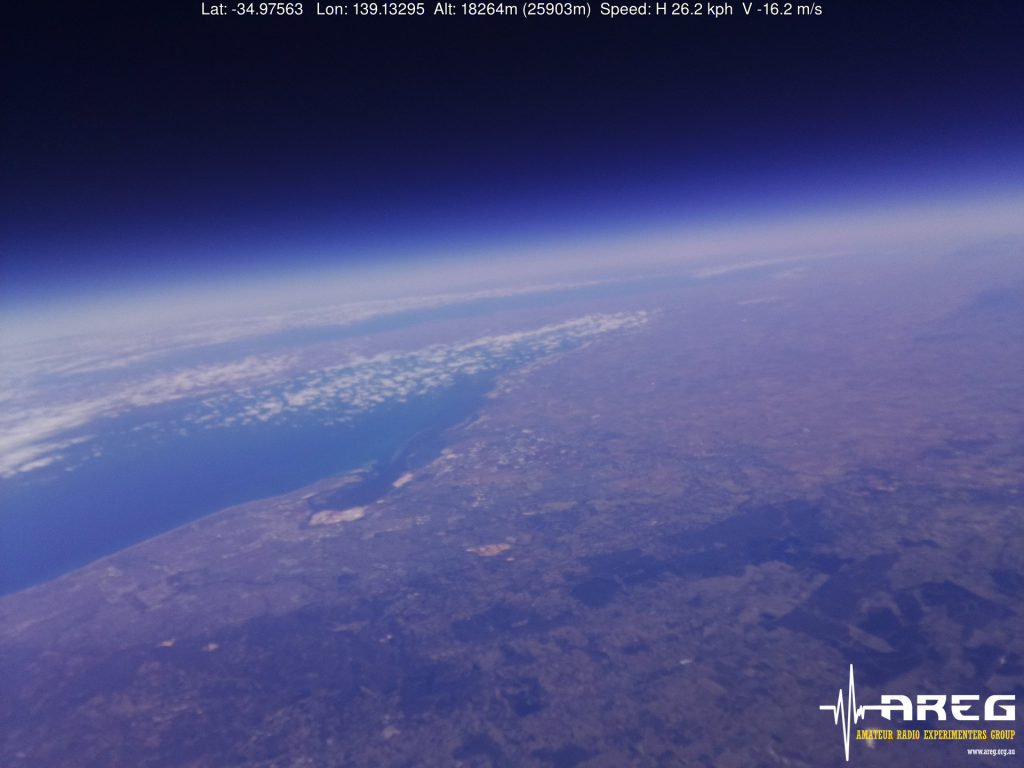
WIA AGM & Convention Special Event Callsign to be Net Control on the balloon repeater
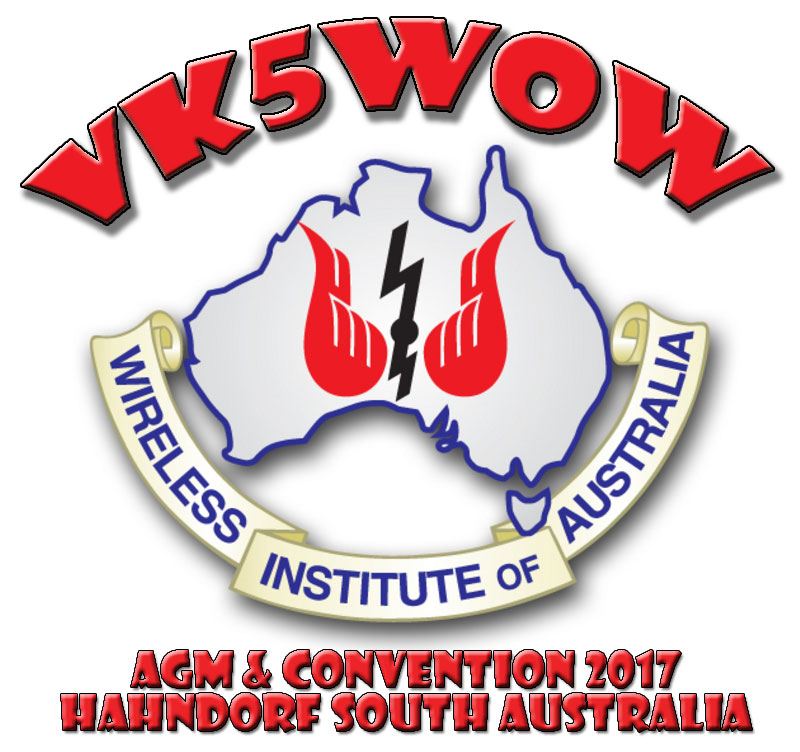 The Riverland Radio Club will be activating the WIA AGM & Convention special event call sign VK5WOW via the balloon repeater during the event. Contacts with VK5WOW through the balloon will qualify for the award certificate.
The Riverland Radio Club will be activating the WIA AGM & Convention special event call sign VK5WOW via the balloon repeater during the event. Contacts with VK5WOW through the balloon will qualify for the award certificate.
Full details of the Convention 2017 award are available via www.wia.org.au/members/wiaawards/agm2017/
Stay tuned for further details as the flight is finalised. We will announce the final flight time later this week as well as the predicted balloon track.







 The Amateur Radio Experimenters Group is please to announce that it will be supporting an Amateur Radio focused balloon launch, to take place at the Riverland Radio Club’s VK5BRL Weekend event at Overland Corner Hotel in the Riverland.
The Amateur Radio Experimenters Group is please to announce that it will be supporting an Amateur Radio focused balloon launch, to take place at the Riverland Radio Club’s VK5BRL Weekend event at Overland Corner Hotel in the Riverland.




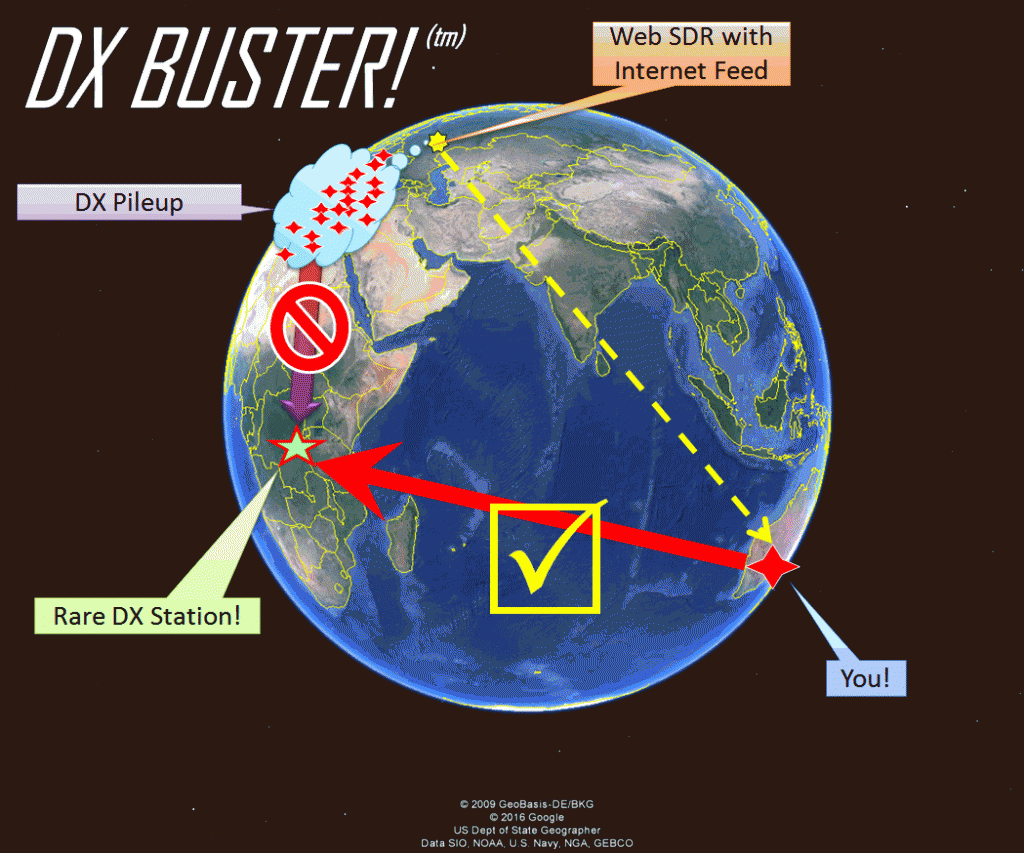
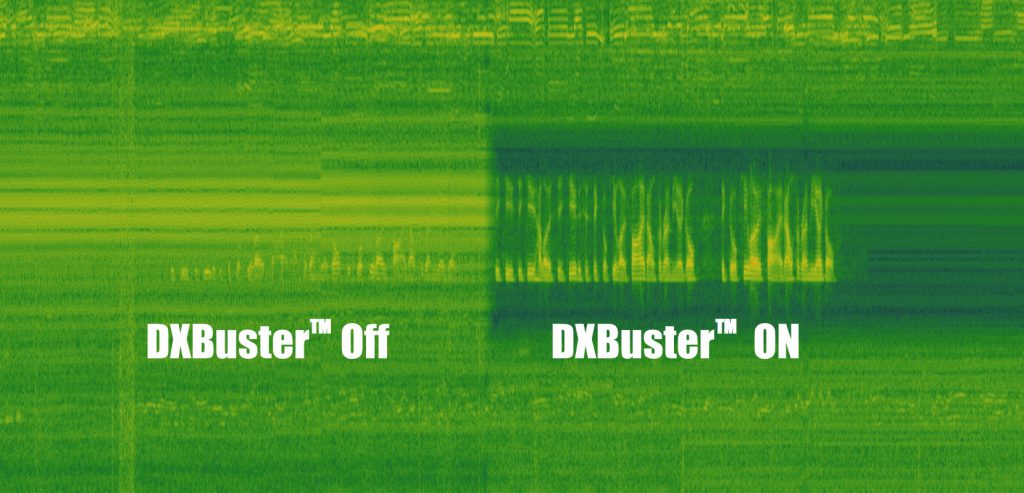















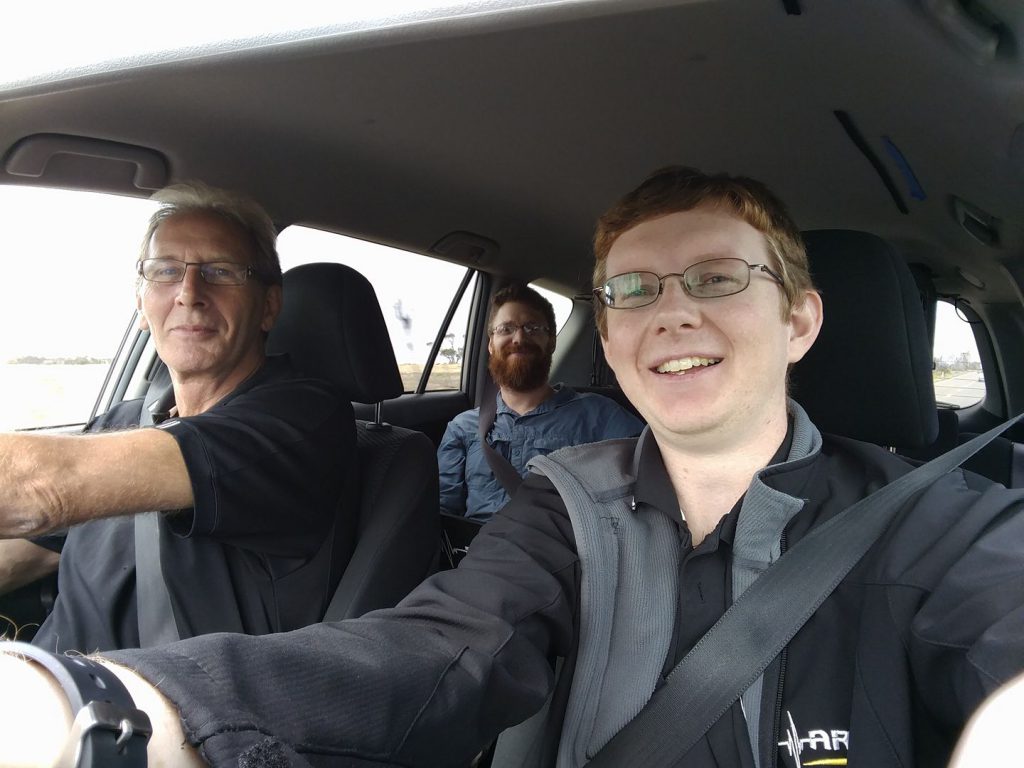

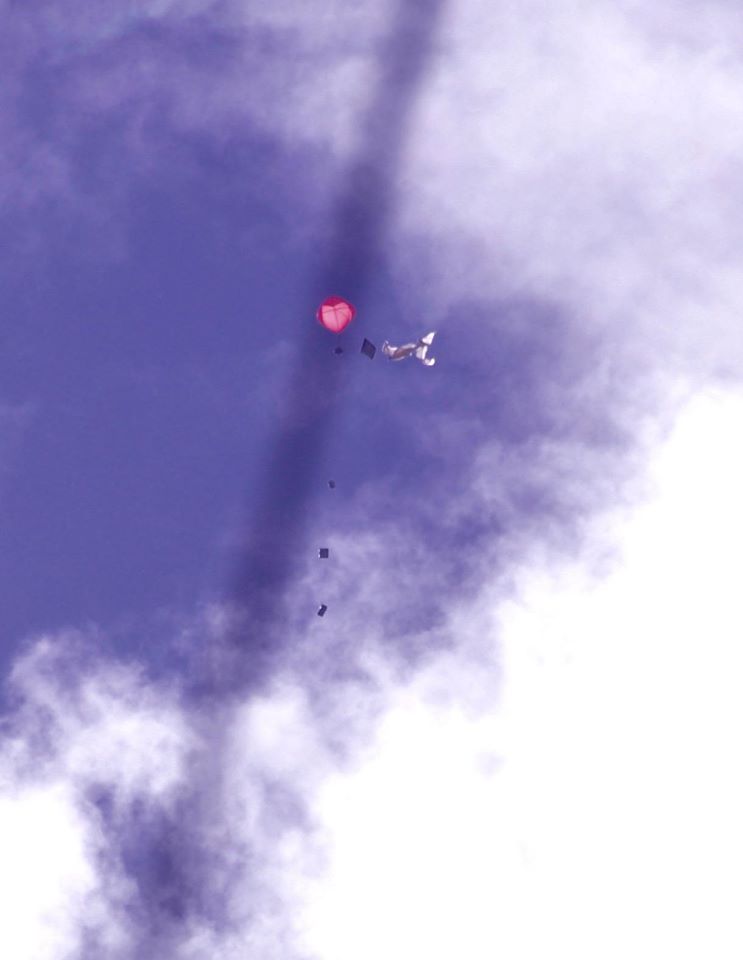

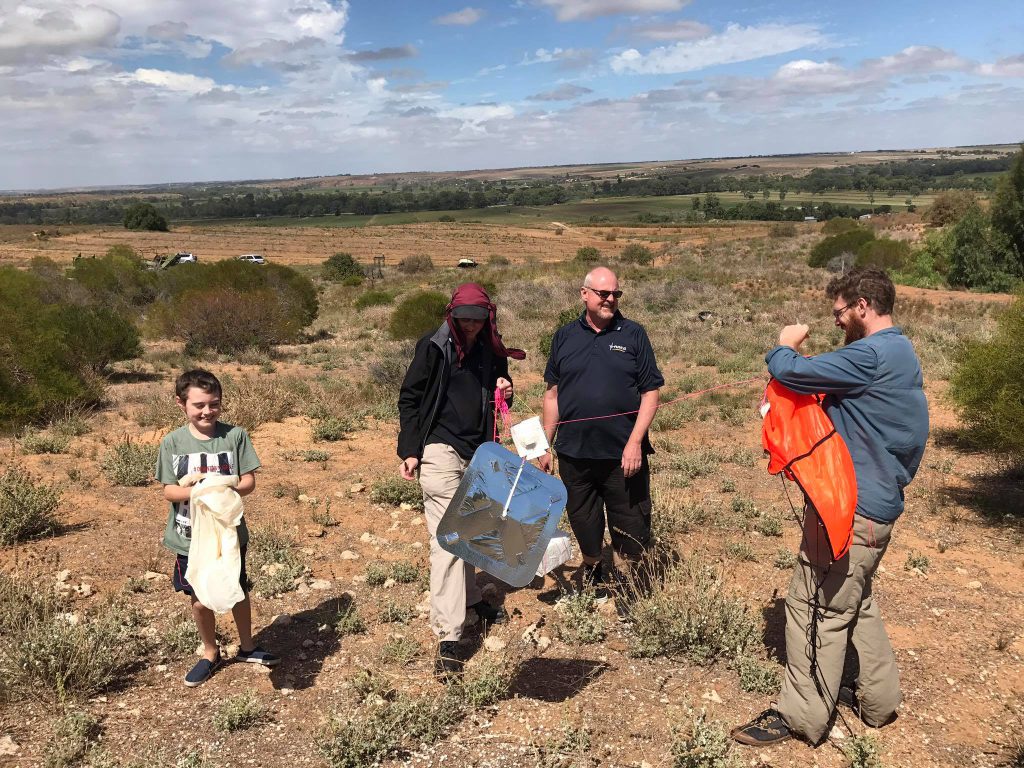
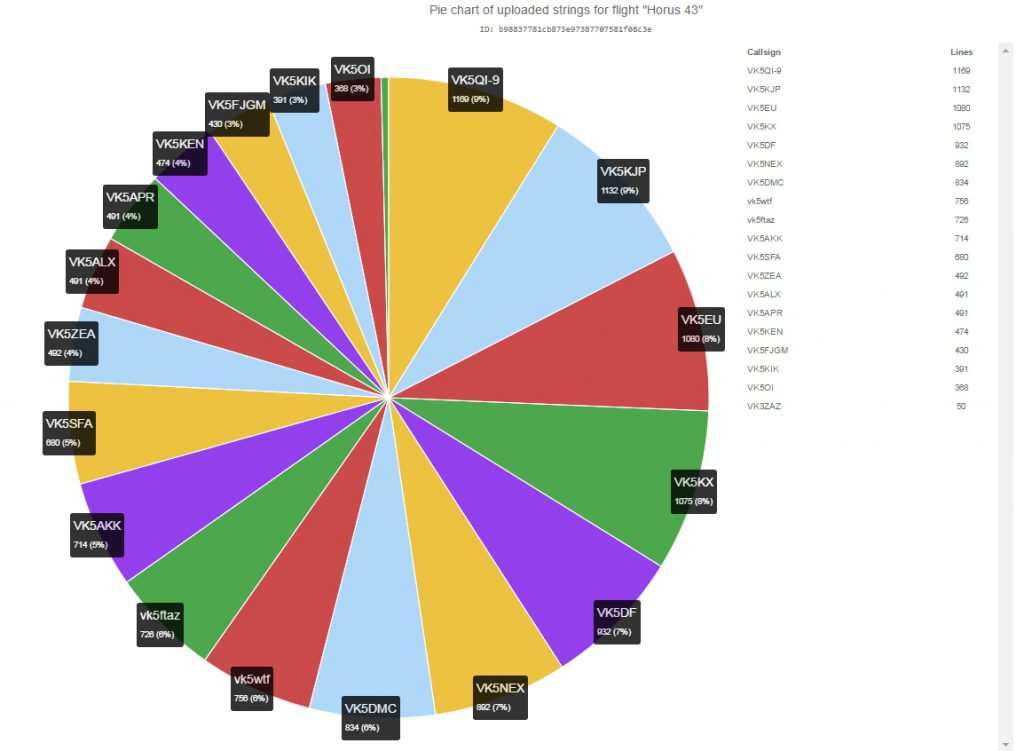
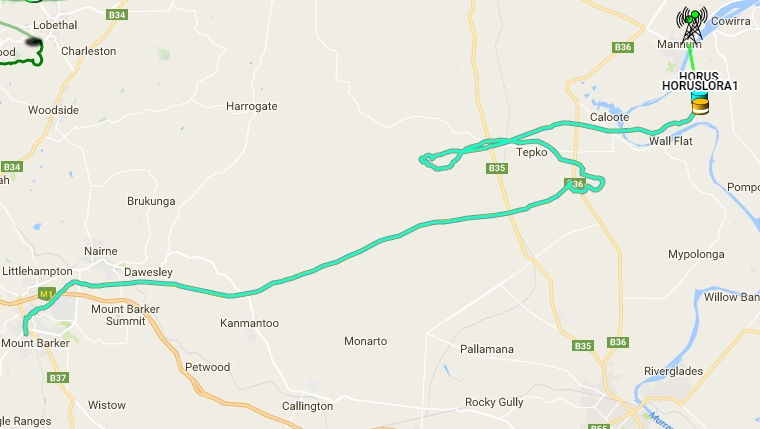
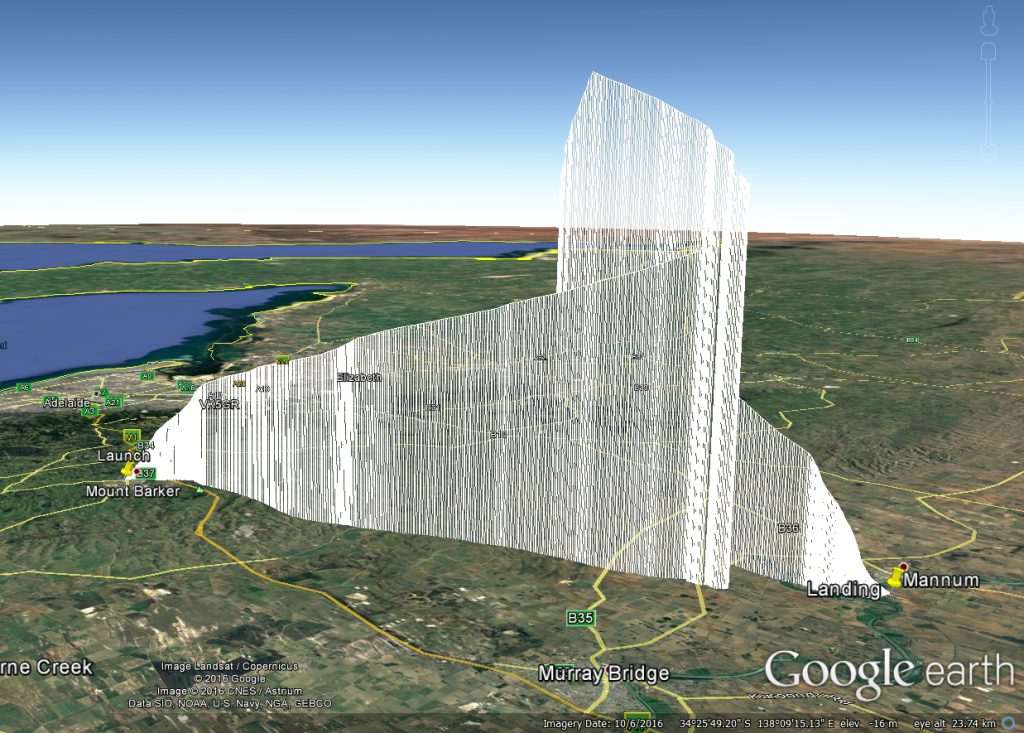
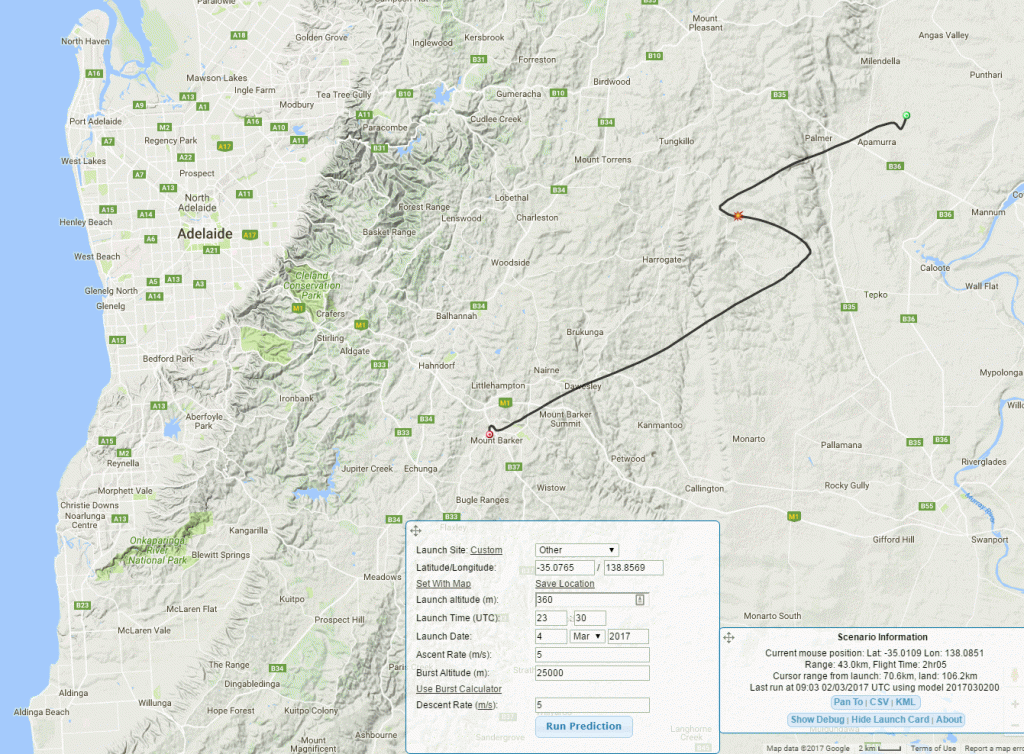
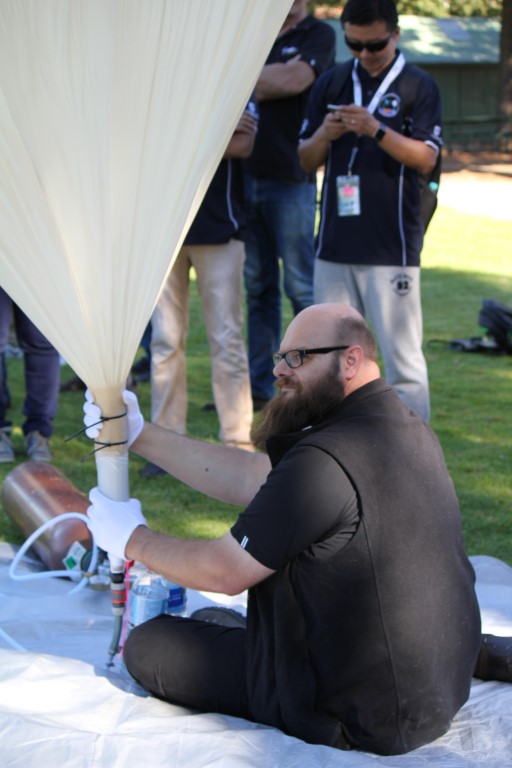
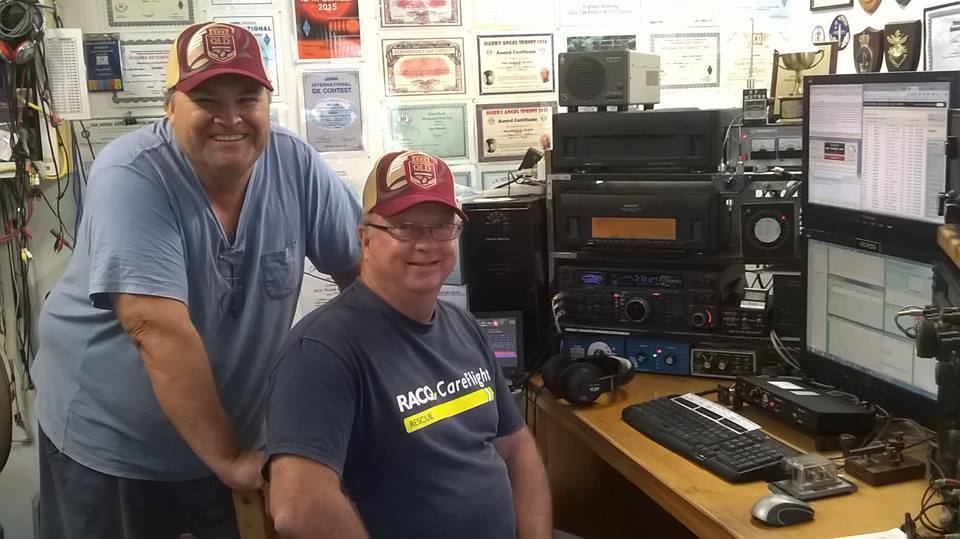
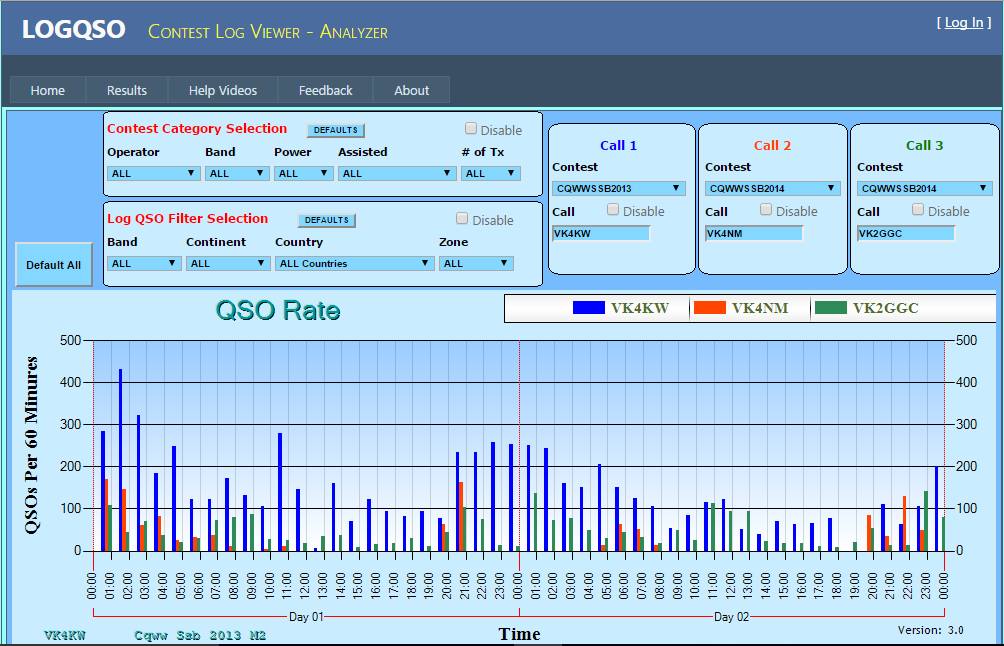





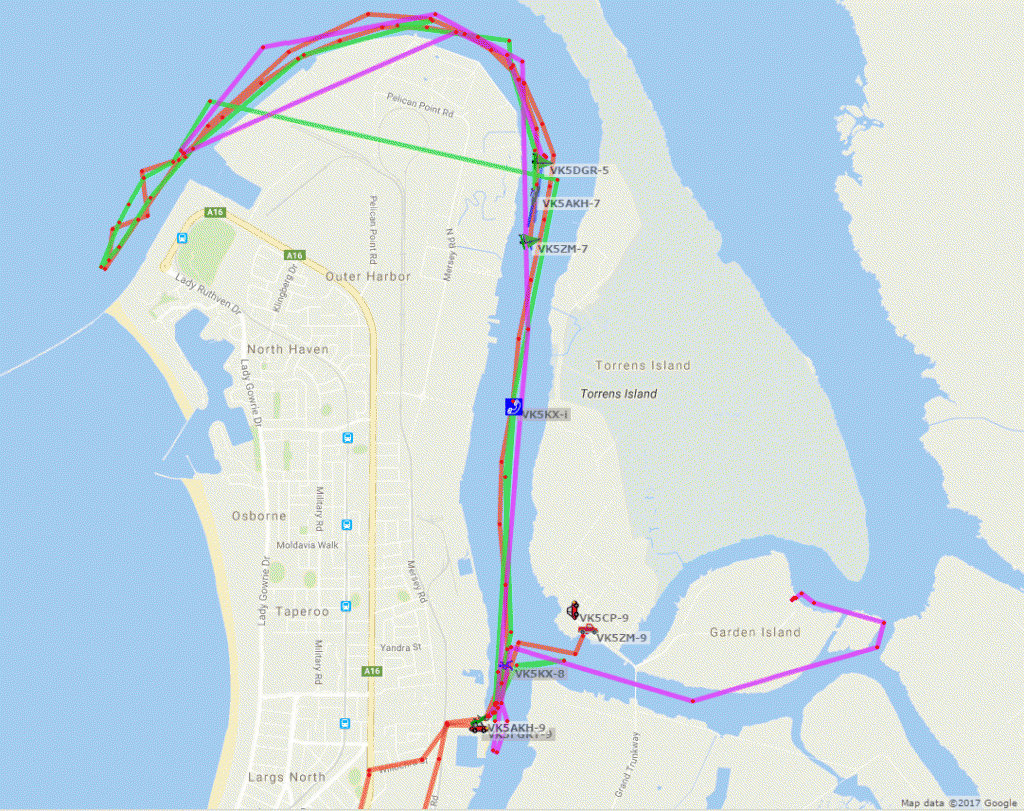























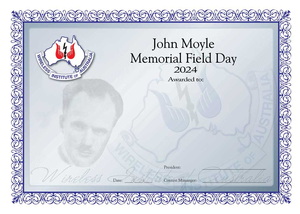 (11.30am ACDT) Saturday to 0059 UTC Sunday (11:30am ACDT). Full details of the event’s rules can be found on the WIA’s website:
(11.30am ACDT) Saturday to 0059 UTC Sunday (11:30am ACDT). Full details of the event’s rules can be found on the WIA’s website: